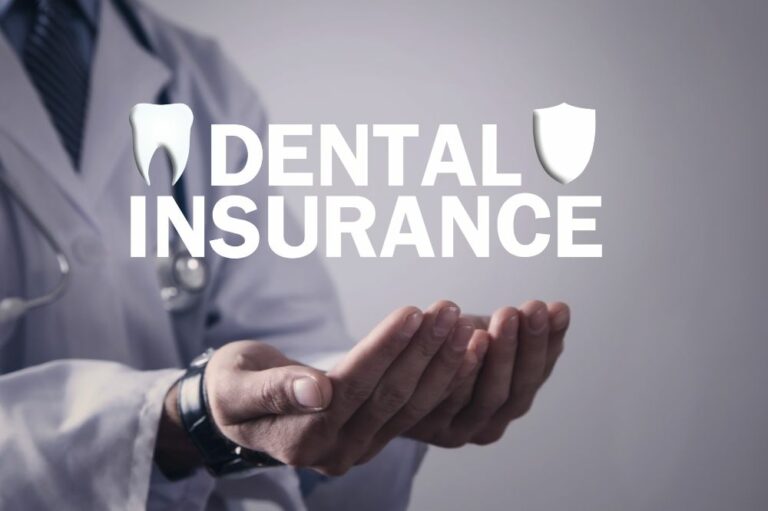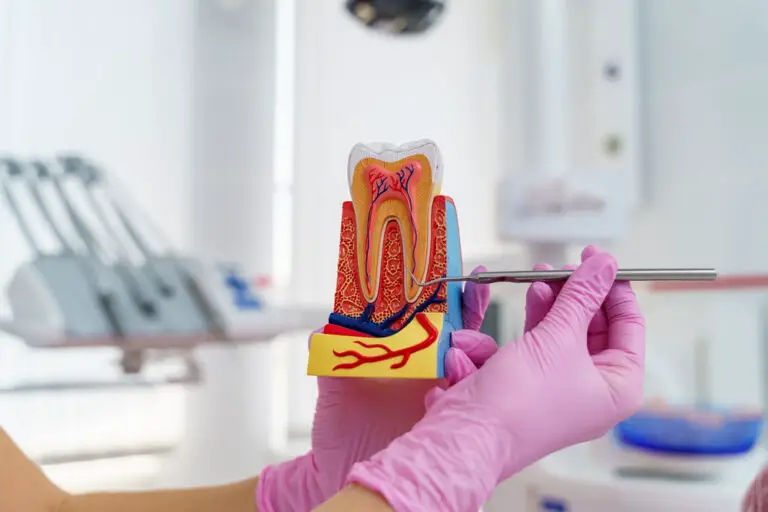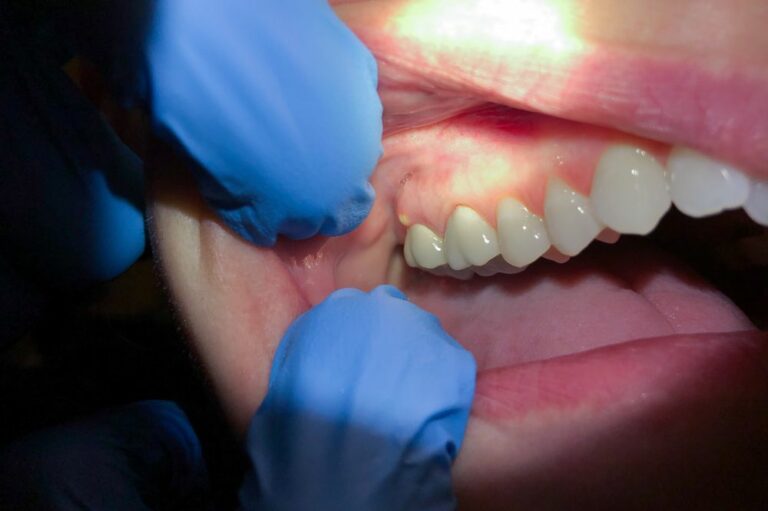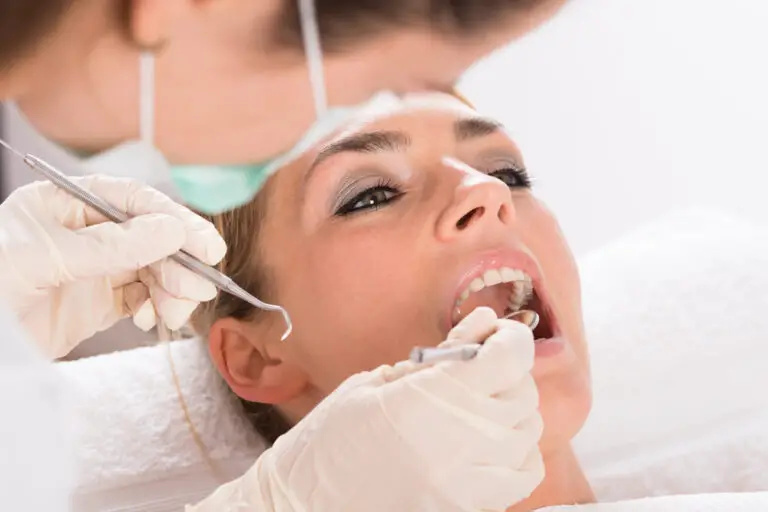An Overview of Food Getting Stuck Between the Gums and Teeth
It can be very annoying when food gets lodged between your teeth and gums. Pieces of food stuck in your teeth not only cause discomfort but can also lead to bad breath and dental health issues if left untreated.
Some of the common foods that tend to get stuck between the gums and teeth include:
- Meat fibers – Small pieces of meat can easily wedge between teeth.
- Popcorn kernels – The hard, oval shape of popcorn makes it likely to get stuck.
- Seeds and nuts – Small and hard foods like sesame seeds and sunflower seeds can slip between teeth.
- Rice – Grains of rice can slide down and get stuck between gums.
- Lettuce/other raw veggies – Stringy and fibrous raw veggies can get caught.
- Candy/gum – Sticky sweets are infamous for getting stuck in teeth.
There are a few main reasons why food particles tend to get lodged in the small spaces between gums and teeth:
Gaps Between Teeth
Teeth that are crooked or have extra space between them provide areas where food can slide down and get trapped. Even people with straight teeth can have small natural gaps where food may get caught.
Gum Recession
When gums recede or pull back, it leaves more space between the gumline and teeth. This allows food to more easily slip under the gum and get stuck.
Rough Surface of Teeth
Teeth that have uneven surfaces, chips, cracks, or old fillings create little ledges and crevices that can “grab” onto food particles and hold them in place between teeth.
Shape of Teeth/Gums
The unique shape and alignment of each person’s teeth and gums also plays a role. Areas where teeth overlap oddly or tight embrasures (gaps between teeth) exist can allow food to slide in and get caught between gums and teeth.
Dangers of Having Food Stuck in the Gums

While having the occasional piece of popcorn or meat fiber stuck between teeth may just be annoying, leaving food debris stuck under the gums can cause multiple oral health issues if left there. Some problems that can arise include:
- Tooth decay – Food stuck along the gumline provides fuel for bacteria to grow. The bacteria can produce acids that break down tooth enamel and cause cavities.
- Gum disease – As trapped food particles accumulate, they can irritate the gums and contribute to infection and gum disease. Signs include red, swollen, tender gums.
- Bad breath – Rotting food stuck between the teeth is one of the most common causes of bad breath (halitosis).
- Abscesses – In severe cases, untended food under the gums can lead to tooth or gum abscesses (pockets of pus and infection). This causes pain, swelling, and damage until drained.
Important to Dislodge Stuck Food
With the potential dental problems food stuck in the gums can cause, it is important to try and dislodge trapped food particles as soon as possible. Using things like floss, interdental picks or an oral irrigator can help dislodge and clean away any food caught between teeth and gums.
Seeing your dentist regularly for cleanings is also important to have them fully remove any trapped food and debris that you may be unable to reach on your own at home. Left for days or weeks stuck under the gums, the food remnants can really wreak havoc.
Common Areas Where Food Gets Caught
Certain areas of the mouth tend to trap food more often than others. Common problem spots include:
Between the Back Teeth (Molars)
The wide chewing surfaces and close fit of the upper and lower molars make it easy for food to slip between them and get pressed tightly in place. These trapped food particles can be difficult to reach and remove.
Between Widely Spaced Teeth
Teeth with natural gaps or extra spacing due to things like missing teeth or crooked teeth also allow food to slide between and get stuck. This can occur both on the upper and lower set of teeth.
In Retained Wisdom Teeth Area
Partially impacted or retained wisdom teeth create a place where plaque and food debris easily collect. This can worsen pericoronitis (gum inflammation).
Behind Lower Front Teeth
The tongue-side of lower front teeth has a ledge where the gum tissue meets the tooth surface. Food particles slide under here and get stuck.
Under Fixed Dental Work
Areas around crowns, bridges, implants, and braces where the gum meets the dental work can also trap food underneath.
Being aware of these common problem areas in your mouth can help you be more thorough when flossing or using tools to dislodge any food trapped around gum and teeth.
Tips to Prevent Having Food Get Stuck

While it may be impossible to avoid ever getting food caught between teeth and gums, there are some tips to help minimize how much gets stuck:
- Floss daily – Flossing your teeth well once a day removes plaque and debris that could otherwise trap food when eating.
- Rinse after eating – Swish water around your mouth after meals to help clear away loose food particles.
- Avoid sticky, gummy foods – Cut back on foods like chewing gum, caramel candies, or taffy that really get embedded in teeth.
- Watch sharp foods – Pointy foods like chips, crisp breads or popcorn kernels are likely to wedge between teeth.
- Get popcorn extracted – See a dentist to have any stubbornly stuck popcorn pieces removed to avoid issues.
- Have braces adjusted – Get orthodontic wires replaced or tightened to close up excessive gaps if needed.
- Get dental work repaired – Fill cracks or smooth down rough edges on teeth to prevent trapping food.
What To Do When Food Gets Stuck
Despite your best efforts, those annoying food particles still manage to get lodged between teeth now and then. Here are some tips for dislodging food when it gets stuck:
Try to Remove it With Your Tongue
Position the tip of your tongue over the area where the food is trapped. See if you can use your tongue to sweep and dislodge the food bit and push it out from between your teeth.
Swish Water Around
Take a swig of water and vigorously swish it through your teeth. The motion of the water can help dislodge stuck food particles if they aren’t wedged in too tight.
Carefully Use a Toothpick
Use a toothpick gently to try and remove the food. Toothpicks can break off and become another hazard, so use carefully and avoid jabbing the gums.
Floss the Area
Hold a piece of floss tightly and slide it up and down between the teeth several times to try and “saw” the food free.
Use an Interdental Brush
Interdental brushes, sometimes called proxabrushes, are tiny bottlebrush shaped tools that can scrub away food when slid between teeth.
Rinse with Mouthwash
Use an antiseptic mouthwash and vigorously swish. The strong minty solution can help loosen food bits.
Drink something cold
Drinking something icy cold can cause the teeth to contract slightly, potentially dislodging the particle.
If a food piece remains stuck and won’t budge after trying these methods, it’s best to see your dentist to have them remove it properly and prevent any damage to the teeth and gums. Leaving it worsens the problem.
Preventing Food From Getting Stuck Long Term
While getting occasional food stuck is often inevitable, you can take steps to prevent chronic issues with food getting wedged under the gums:
- Get dental cleanings twice a year – A professional cleaning removes plaque and tartar that trap food.
- Use an oral irrigator – Devices like a Waterpik help blast away food debris.
- Have crowns and bridges adjusted – Have jagged or poor fitting dental work smoothed out.
- Get orthodontic treatment – Braces or Invisalign can close gaps so food doesn’t get stuck.
- Have wisdom teeth removed – Extracting impacted or partially erupted wisdom teeth prevents food traps.
- Get periodontal surgery – Deep cleanings and gum grafts treat gum recession.
- Have dental implants placed – Replace missing teeth so food doesn’t get stuck in gaps.
Addressing trouble spots through procedures like these and maintaining diligent oral hygiene can go a long way toward preventing chronic issues with food getting caught between the teeth and gums.
When To See a Dentist About Food Getting Stuck?
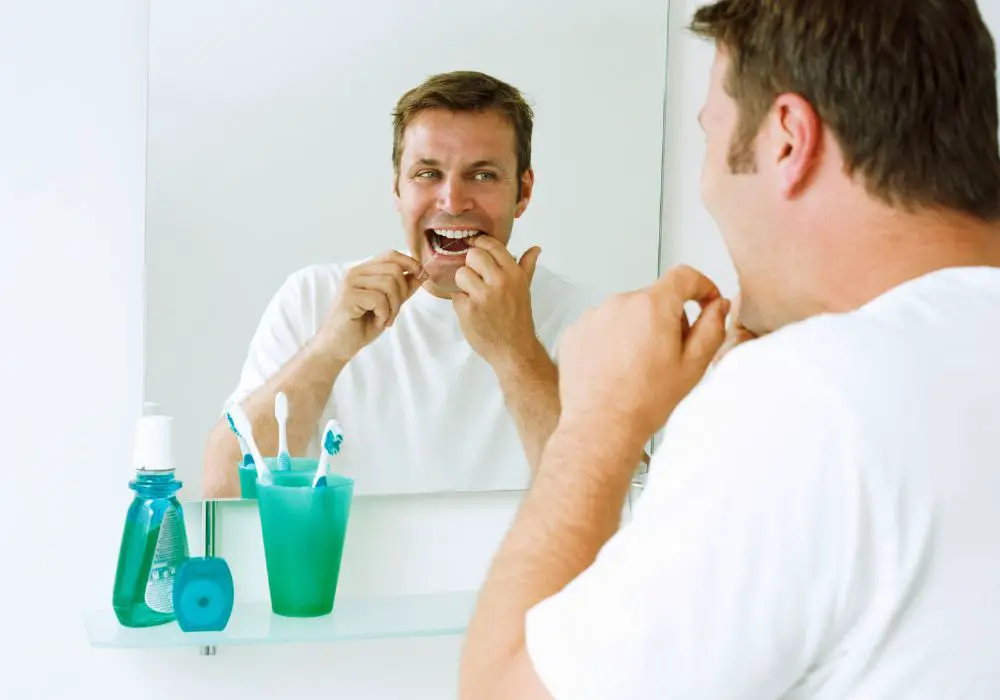
You should make an appointment to see your dentist if:
- Food gets stuck often in the same area
- You experience pain or irritation when food gets caught between teeth and gums
- Trapped food results in red, swollen, or bleeding gums
- You get bad breath along with recurrent food stuck in your teeth
- Brushing, flossing, and rinsing does not clear away the food debris
Seeing a dentist promptly when you have persistent problems with food getting stuck can help prevent more serious dental health issues from developing. They can fully remove any trapped food, examine your teeth and gums, and determine if you need any dental work to correct problem areas.
Frequently Asked Questions (FAQ)
Q: Why does my tooth hurt when I try to floss out food stuck under my gums?
A: You may experience pain when trying to floss out a trapped food particle because the food has been wedged under the gums long enough to cause inflammation and irritation. Leaving food debris stuck can damage gums and make them tender. It’s important to dislodge the food as soon as possible.
Q: Can leaving a piece of popcorn stuck under my gums eventually cause an abscess?
A: Yes, leaving any food trapped under the gumline for an extended period can lead to a dental abscess. Popcorn and other small debris that gets lodged under the gums are at risk for causing an infection. See a dentist promptly for signs like swelling, pain, or bad taste.
Q: Why do my gums bleed every time I floss the area where food keeps getting stuck?
A: Flossing an area where food repeatedly gets trapped under the gums can make the gums prone to bleeding. The food particles cause chronic irritation that makes the gums inflamed and tender. See your dentist since inflamed and bleeding gums indicate gum disease.
Q: Can braces cause food to get stuck in my teeth more often?
A: Yes, braces are prone to trapping more food particles since they create more ledges and gaps. Taking extra care to thoroughly brush and floss around braces is important. Also get braces regularly adjusted by your orthodontist to close gaps as needed.
Q: If I have a dental bridge, do I need to floss differently to avoid getting food stuck under it?
A: For a bridge, use stiff floss threaders to get floss under the false tooth and clean along the gumline. You can also use an oral irrigator or proxabrush to keep food from getting trapped under and around the bridge. Check with your dentist for specific cleaning advice.
Conclusion
Having to dig that annoying bit of food from between your teeth is common, but when it happens repeatedly in the same area it should not be ignored. Food that gets wedged between gums and teeth, especially for long periods, can lead to pain, infections, decay and other dental issues. See your dentist if you can’t successfully remove the trapped food yourself or the area feels irritated. With some improved oral hygiene habits and possible dental work to correct problem areas in your mouth, you can prevent food from chronically getting stuck and causing harm.

